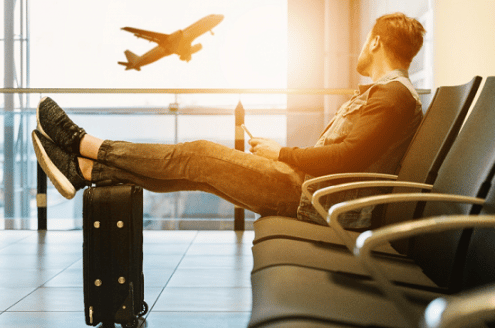Can You Take Insulin on a Plane?
Airports are notorious for strictly regulating which items—including liquids—can be taken on a plane. For people with medical conditions, this means staying informed about these guidelines when flying.
The Transportation Security Administration (TSA) allows patients to bring diabetes equipment and medication on planes, though they must be inspected by hand or X-ray. To make travel easier for you and TSA employees, pack all your supplies in an easily accessible carry-on bag. Additionally, you should inform the TSA officer about your medication or equipment before the screening begins.
TSA Guidelines for Bringing Insulin on an Airplane
When preparing to travel with insulin, the most important thing to remember is to never pack it in your checked luggage, as it may be affected by severe temperature and pressure changes. While you may be concerned about the TSA’s 3.4-ounce limit for liquids on planes, there are special exceptions for certain medications, including insulin.
You will be able to bring more than 3.4 ounces of insulin through security, in addition to medications such as Glucagon and liquids and gels like juice and cake gel. Freezer packs and frozen gel packs for keeping insulin cool are also permitted.
TSA Guidelines for Insulin Needles
Guidelines for insulin needles are a bit stricter. You must present proof that a physician has prescribed you insulin and needles. The best way to show this is with a professional, pre-printed label that identifies the medication.
Bring your original insulin box and glucose meter with you, both of which should have a pharmaceutical label. You will need all of these in order to board the plane with your needles, syringes, and/or other delivery devices.
TSA Guidelines for Diabetes Supplies
You may have more diabetes supplies than insulin and needles. You can bring these along as well if you adhere to the recommended guidelines. While you can safely go through an airport metal detector with an insulin pump or continuous glucose monitor (CGM), you should not go through a body scanner with either, as it has not been determined whether this is safe for the device.
Remove your devices if you must go through a body scanner, but do not put them through the x-ray machine. If you don’t feel comfortable removing your device, inform the officer of your situation and ask for a pat-down screening.
Glucagon and lancets are also permitted through airport security as well. For glucagon, bring it in its pharmaceutically labeled container. Ensure your lancets are capped and keep them with your glucose meter, so officer can see the manufacturer’s name on the meter.
Doctor’s Recommendation
It is generally a good idea to keep and continuous glucose monitoring devices in a separate bag outside of any luggage to minimize the risk of damage to the devices.



